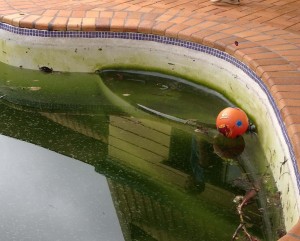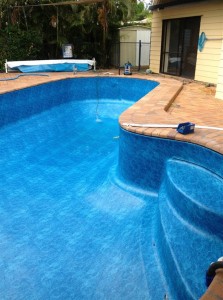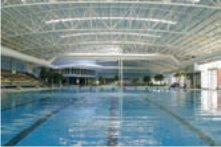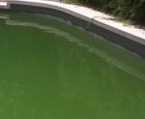Whatever products you are selling, odds are, someone can find it cheaper online. While instinct may be to ‘fight fire with fire’, the overheads attached to running a bricks and mortar pool shop means that price matching to online competitors is just not viable. So what can you do?
1. Value Add. Yes, you can buy a solar pool cover online on ebay and a whole host of pop up discount stores. While many of them are cheap imported covers that will only last one season, some of the covers will be of comparable quality (sometimes even the same brand) as you are selling. If you can’t afford to price match, you can always add more value. Adding value doesn’t have to mean giving away another $10 worth of product with every purchase – it can be extra service (such as free water testing or troubleshooting), specialist advice, a loyalty program, or even upselling with an installation service. What about a free loan trailer to take home large items that don’t fit in their car? By offering more than just a ‘product in a box’, you are adding value – and giving your customer more than they would get online.
2. Build a Relationship. Be their local pool shop. Be their ‘go to guy’ for anything related to their pool. Don’t be there for the quick buck and sell them stuff they don’t need – while it might work in the short term, they’ll wise up to it eventually, and will never trust you again. Ideally, you want every pool owner within a 15 minute drive to your shop to know who you are. They should know your face, and your name. When they buy on line, they buy from a faceless, nameless stranger, who may well be operating out of his mother’s basement (and probably doesn’t even own a pool!) When they buy from you, they are dealing with someone they know and trust, and are supporting a local business as well. Most people are happy to pay a little extra when it comes to buying Australian, and supporting local business.
3. Online Presence. While you may not be able to compete with them online pricewise, you do still need to be there. Social media such as Facebook and Google+ – and your own website. There are plenty of free do-it-yourself online options these days. You can even set up your own ecommerce website. It doesn’t have to be expensive – with platforms like wordpress and shopify, you can have your pool shop online, with checkout facilities for less than $50 a month. While you are not likely to make millions, at least you are there, as a valid alternative. And if you don’t want to be posting parcels out, consider a ‘click and collect’ type option. Buy online then hop in the car and pick it up next time you’re driving past? Why not? Beats sitting around for days or even weeks, wondering when your parcel might be delivered!
4. Convenience. Above all, a local pool shop is convenient. You’re generally there 7 days a week, you can talk to them and offer advice, and you are just a short drive away. If they have a problem with their item, they can go and talk to you about it. This is an extra service – another value add – something they can’t get online.



